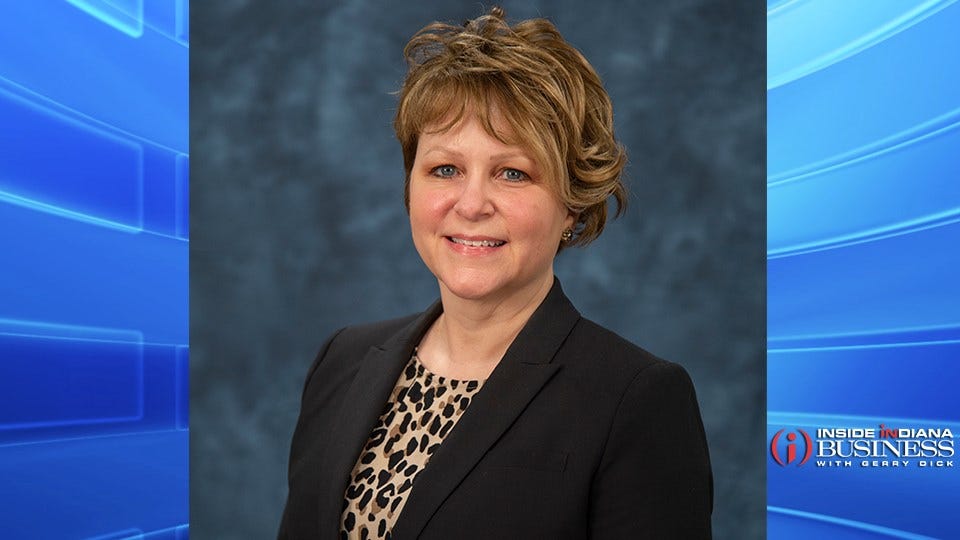A Holistic Transition to More Sustainable Energy

Subscriber Benefit
As a subscriber you can listen to articles at work, in the car, or while you work out. Subscribe NowThere has been no shortage of articles written over the past five years regarding climate-related goals, renewable energy and the future of fossil generation in the United States. Not surprisingly, much of the early debate centered around environmental regulations requiring the early replacement of coal generation with renewables; a costly endeavor. However, those conversations stand in stark contrast to the steady stream of coal plant retirements and newly planned or developing renewable energy projects that have been announced during the last year alone.
So, what is it that has led to such an abrupt about-face? The short answer is an abundance of low-cost natural gas, continued advancements in wind and solar technologies, the potential for large-scale storage and growing consumer preference for sustainable forms of energy.
Hoosier Energy, a not-for-profit generation and transmission cooperative, provides electric power and services to its 18 not-for-profit electric distribution cooperative owners throughout central and southern Indiana and southeastern Illinois. Collectively, our members serve nearly 650,000 consumers.
In January 2020, Hoosier Energy announced Board approval of a new long-range resource plan. While preparing for that announcement and the year-long planning process that led up to it, we collectively prioritized what matters most to consumers about the resources that provide their electricity. As such, our new plan is one we believe best meets those priorities. It’s designed to provide our 18 member cooperatives with reliable, affordable and sustainable energy while saving members an estimated $700 million over the next two decades. As part of the plan, we expect to retire our remaining coal-fired generating station – which represents one half of our total energy supply – in 2023 and transition to a more diverse generation mix that includes a combination of wind, solar, natural gas and storage. This diversity provides a foundation for supply cost stability and predictability while reducing our carbon footprint by nearly 80 percent.
Other utilities in the state and across the country have announced similar plans to ours, but the one we’ve developed doesn’t stop with resource planning. In fact, we’re working closely with the IBEW to assist employees impacted by the retirement of our Merom facility through retraining, reassignment and professional outplacement services, along with retirement options. We’ve also partnered with Indiana State University in the creation of a new Certificate in Emerging Energy Technology program, aimed specifically at teaching skills needed in electric transmission metering, protection systems and field communications – all of which are in high demand throughout the industry.
Our new long-range resource plan is also about transitioning the current Merom plant site itself, located in Sullivan County. By working with state and local economic development officials, we intend to market portions of the site for industrial development. The property could also potentially become a future energy campus where some of Hoosier Energy’s new renewable and/or natural gas generation could be located. A combined industrial development and energy campus could hold even greater promise as an increasing number of companies look to locate their operations near renewable generation to meet the sustainability goals important to their own customers. In short, we understand that repurposing the site of a former coal plant for new industry will ultimately benefit surrounding communities by providing jobs and property tax revenue.
As with Hoosier Energy’s resource plan, the plans of other Indiana utilities will bring more diversity to Indiana’s overall resource mix. While there will undoubtedly be challenges associated with integrating increasing amounts of intermittent resources like wind and solar onto the grid, that diversity will also bring benefits. This is especially true when the lens through which we view the electric grid is expanded beyond one individual utility or even a single state to include the multi-state regional transmission organization(s) that we are part of.
Today, we don’t need to choose from among reliability, affordability, or sustainability; all three are possible. A holistic transition toward more sustainable energy that includes plans for workforce and economic development also means we aren’t forced to pick one community over another. Indiana’s energy transition won’t be easy, but I’m very optimistic about the future that lies on the other side.
